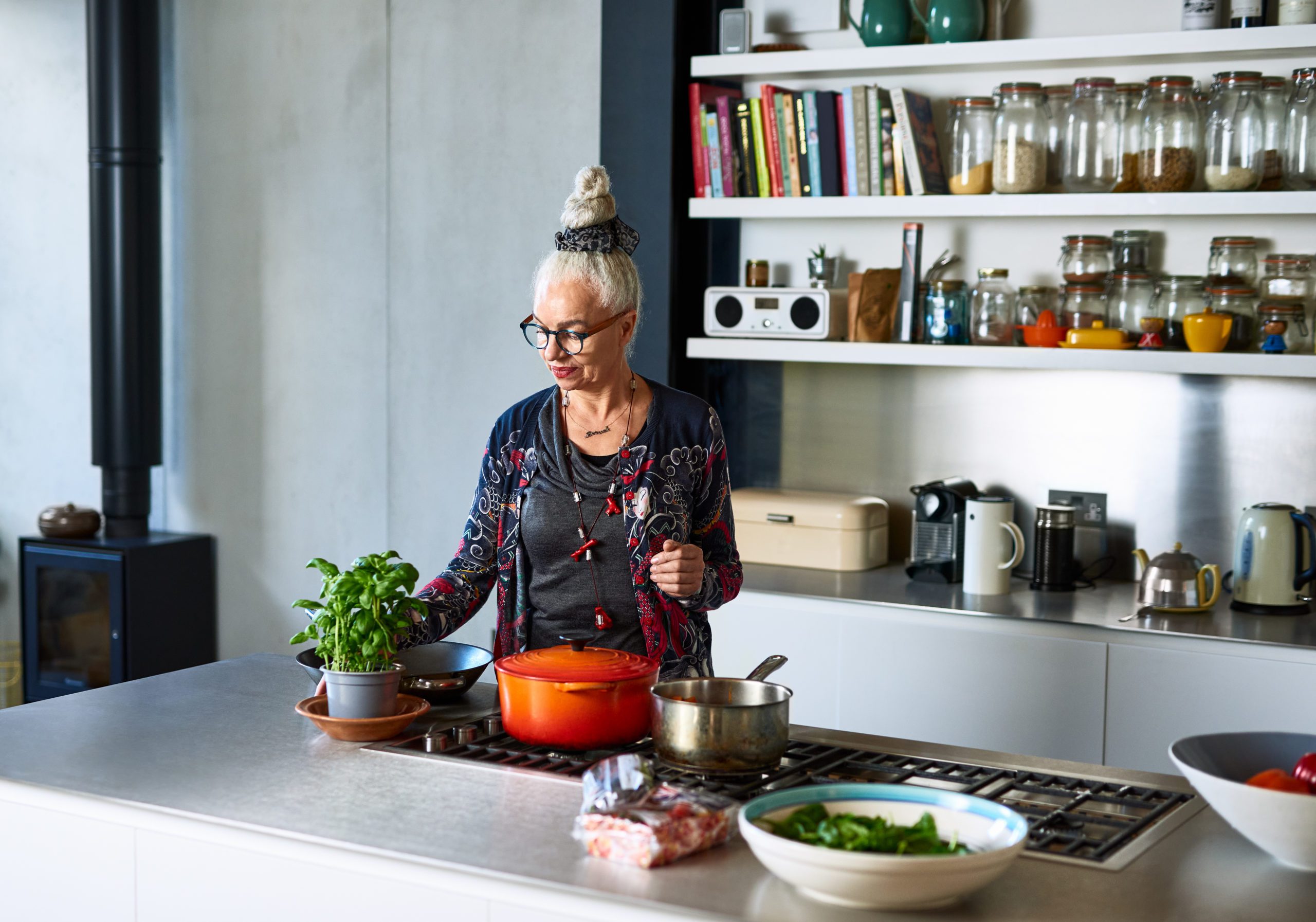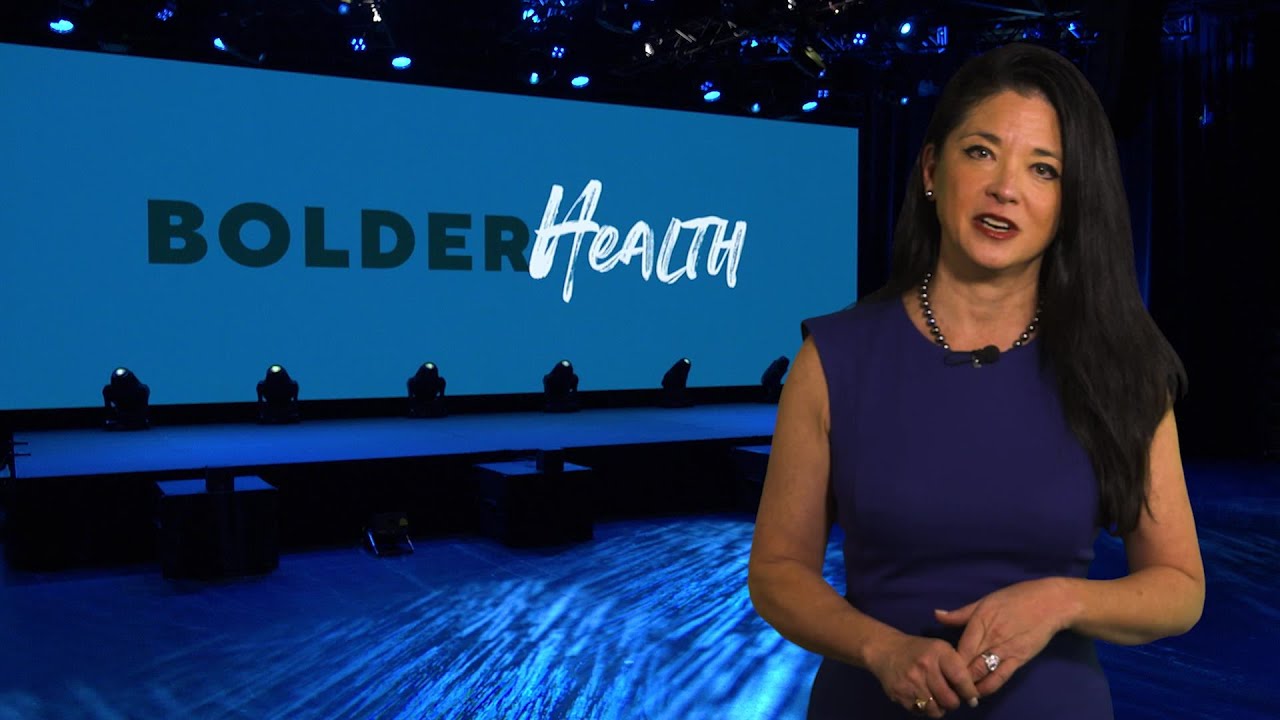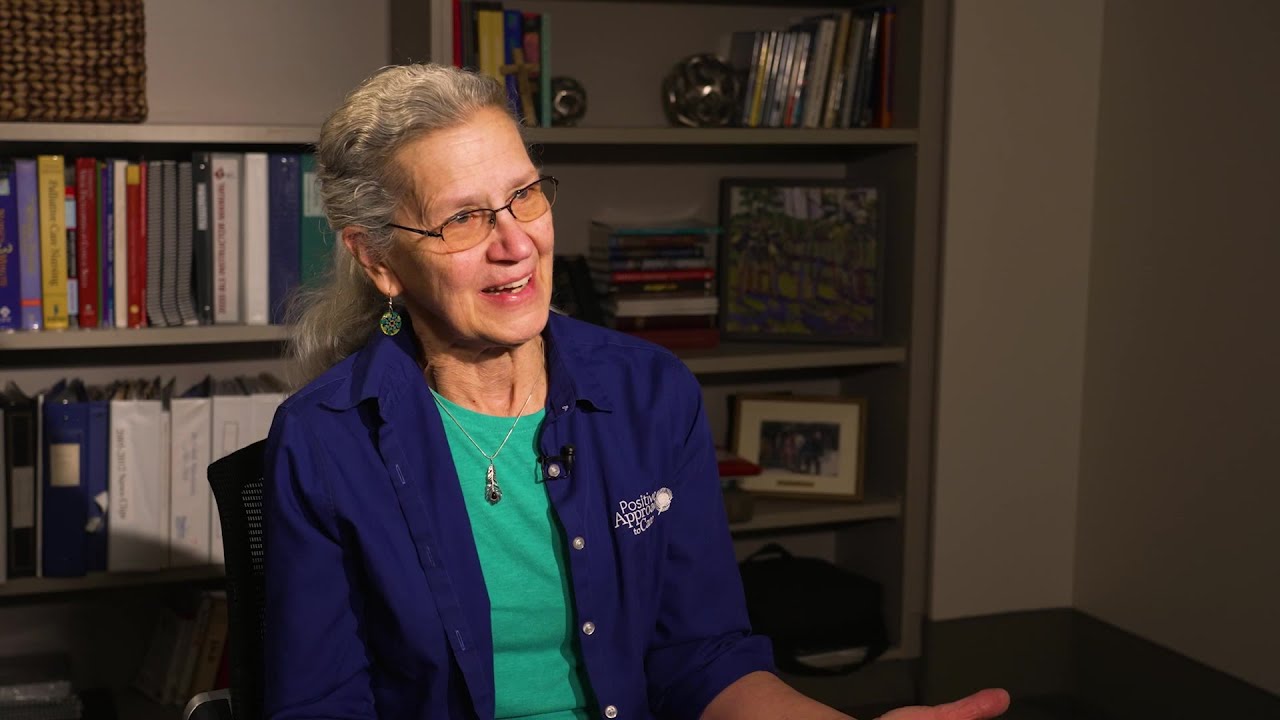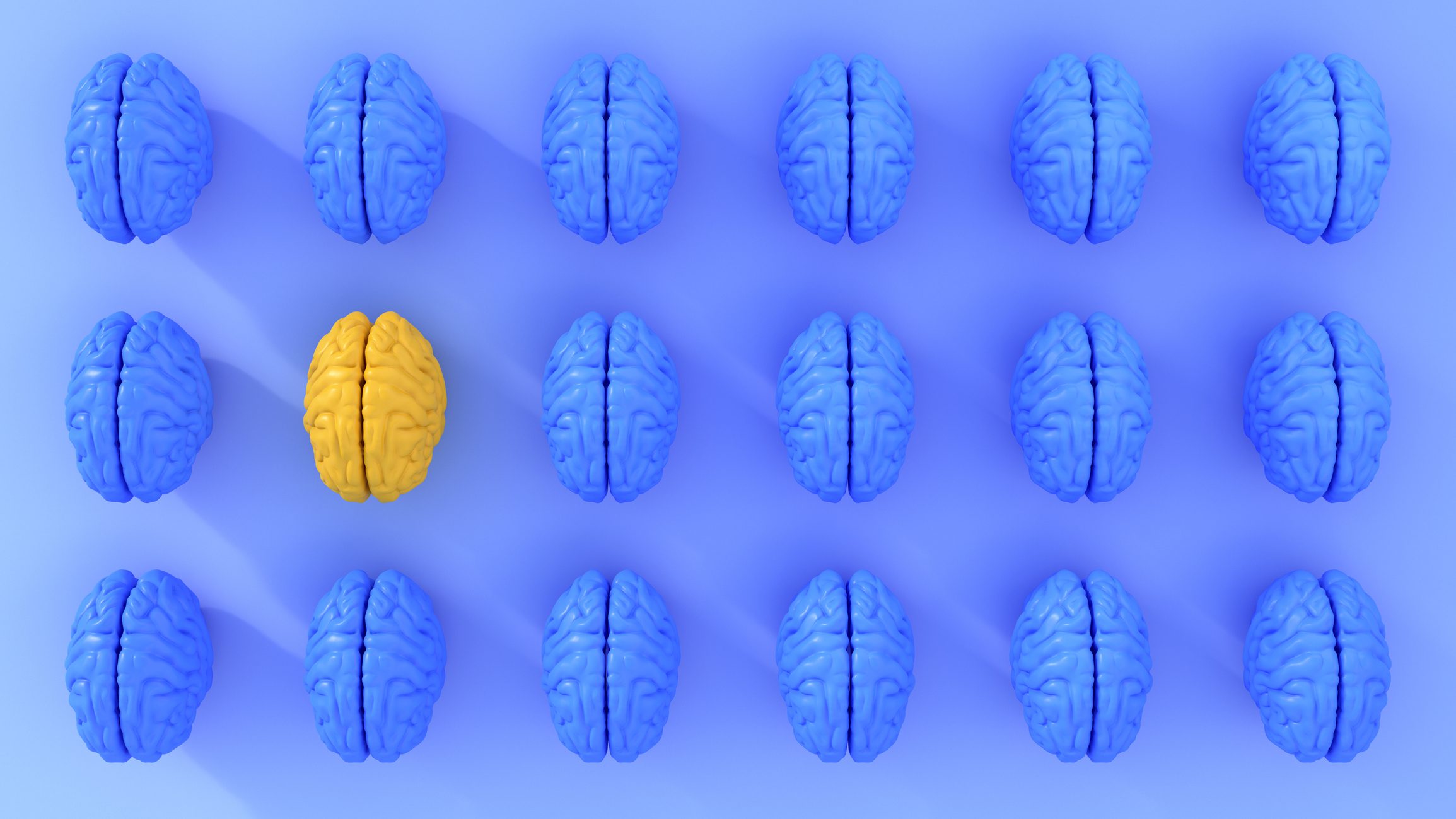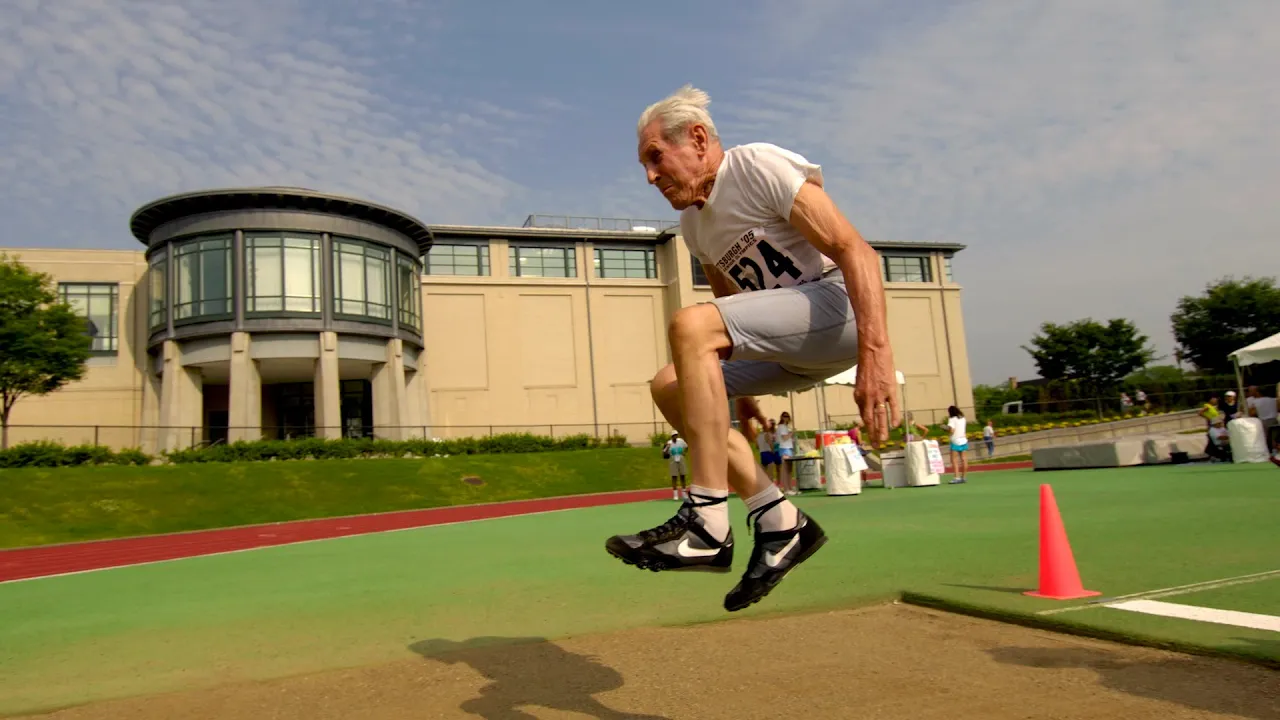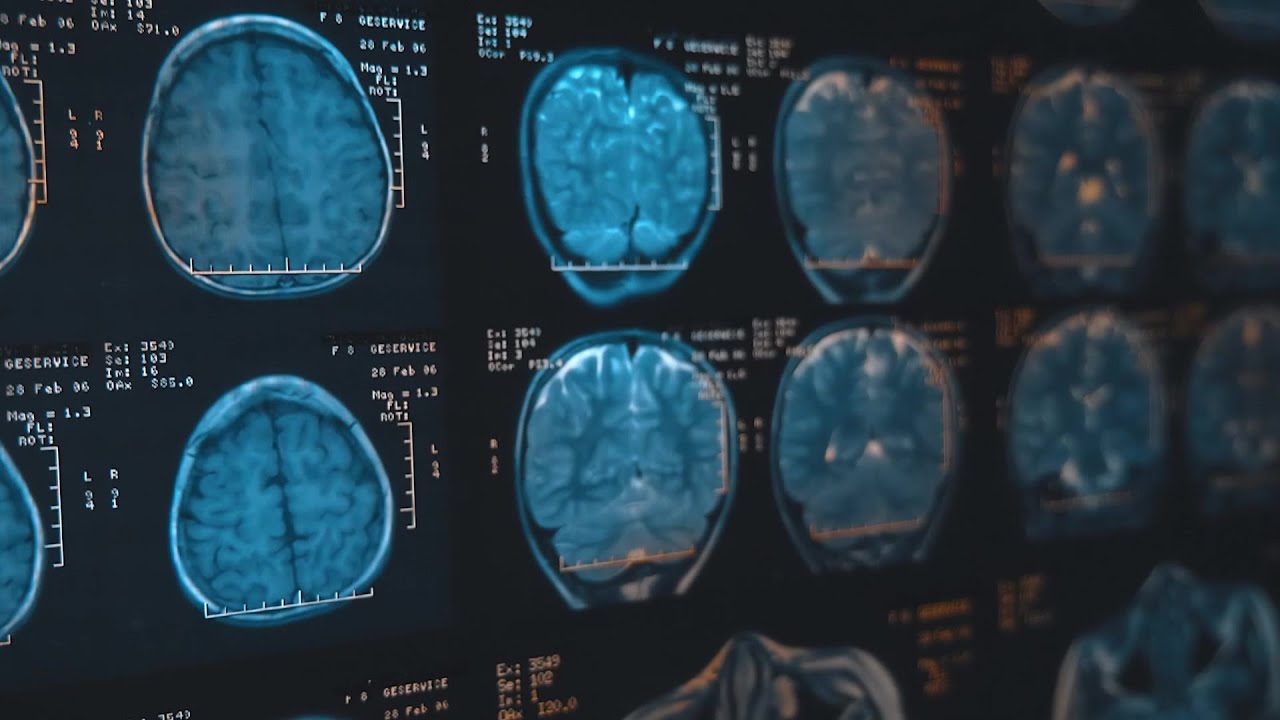Last Updated on September 22, 2021
Age-related macular degeneration (AMD) is the leading cause of severe loss of eyesight in adults over 50. About 11 million Americans are affected by the disease, with that number expected to grow to 22 million by 2050. Studies show that the right kind of diet can reduce your risk.
Although AMD rarely leads to total blindness, progressive AMD can hinder you from activities, including driving and reading. (We’ll put a positive spin on this a little later).
It’s most common among older, white Americans, affecting more than 14% of them who are 80 or older.
A recent article published in “Optometry Times” noted that “eyecare providers tend to spend less time diagnosing and treating AMD than they do glaucoma or DR (diabetic retinopathy). It is time to change that. New technologies for diagnosis and new management options have opened the path for ODs (optometrists) to help patients with this devastating disease.”
Management options include diet, which is considered important because certain nutrients protect the body from damaging substances called oxidants.
Some healthy eating habits to consider:
- Antioxidants. Make sure your diet is providing you with at least the daily recommended doses of vitamins A, C and E, which have antioxidant properties. If not, consider supplements.
The Age-Related Eye Disease Study (AREDS), sponsored by the National Eye Institute and published in 2019, “found that high dose supplementation of antioxidants of 5 to 15 times the recommended daily allowance (RDA) reduced the risk of developing late-stage AMD by 25%. Many popular brands of eye vitamins now contain the study’s daily recommended formulation: 500 mg vitamin C, 400 IU vitamin E, 40 to 80 mg zinc, 2 mg copper, as well as 10 mg lutein and 2 mg zeaxanthin,” notes an article published in ophthalmicedge.org.
- Fruits and vegetables. Think Mediterranean-style diet. In addition to fruits and vegetables, add fish, nuts and seeds.
- Good fat. Yes, there is such a thing, and you can find it in avocadoes, olive oil, nuts, whole eggs, and cheese.
- Zinc. Reports have indicated that patients taking 80 mg of zinc per day for high-risk AMD experienced a 27% decline in mortality. Sources include seafood, chicken, pork, liver, eggs, wheat germ, and fortified breakfast cereals.
- Carotenoids. Carotenoids are unsaturated compounds of yellow to red pigments found in many fruits and vegetables. Lutein and zeaxanthin – two carotenoids — are especially important to preserving vision. They also have antioxidant properties.
Daily servings of at least five fruits and vegetables daily should provide sufficient lutein and zeaxanthin in your diet. Some of the foods with the highest concentrations of lutein and zeaxanthin are broccoli, beans, collard greens, kale, corn, spinach, tangerines, peas, zucchini, and egg yolk.
Although AMD can be debilitating, it is not an excuse to take yourself out of the game. Consider the story of Esther Medley, who bowled 244, the highest in her league. That may not sound impressive until you realize that she is 94 years old and legally blind.
In a recent podcast, she talked to Growing Bolder about being diagnosed with macular degeneration 20 years ago and how it affected her life, including her passion for bowling.

